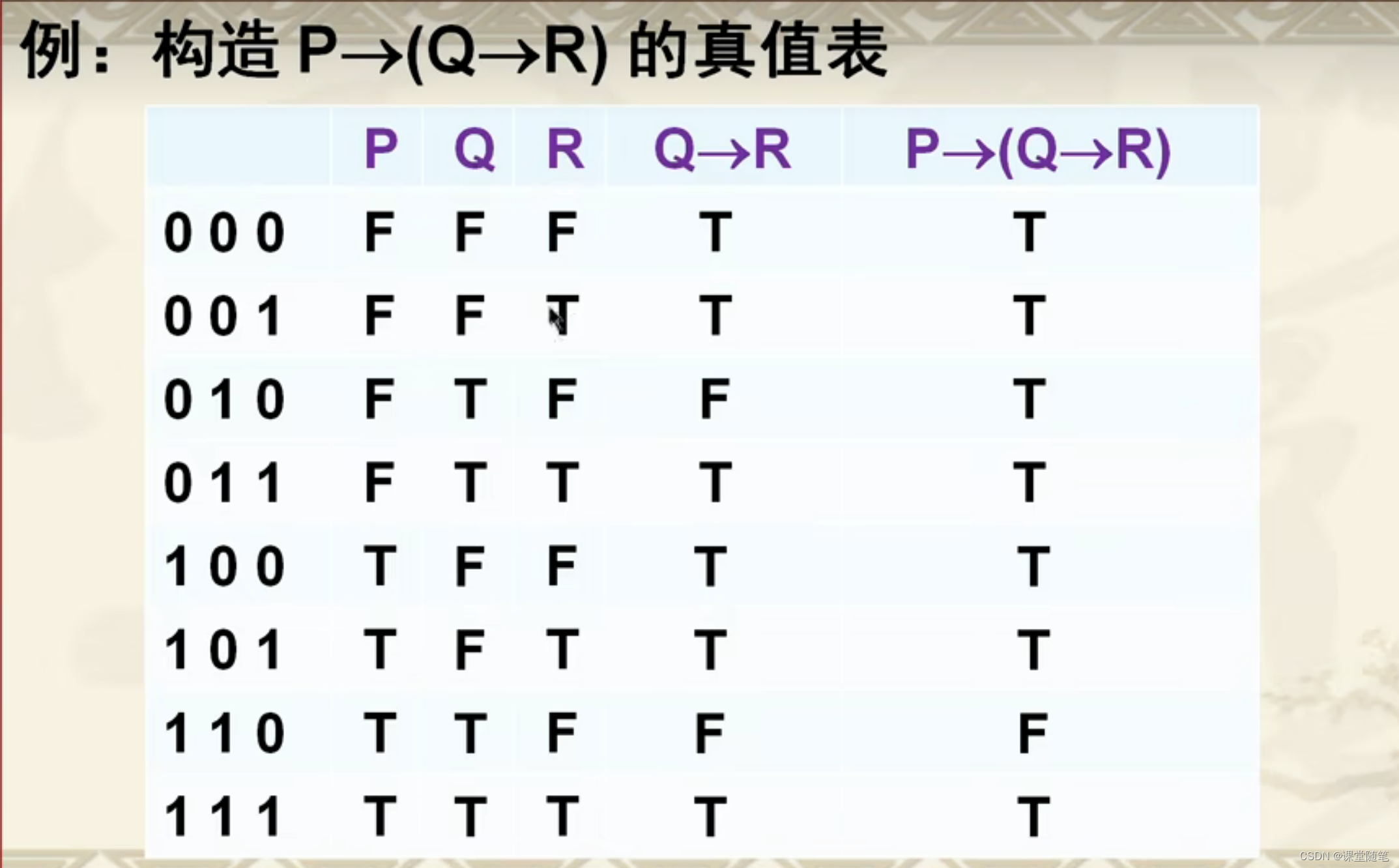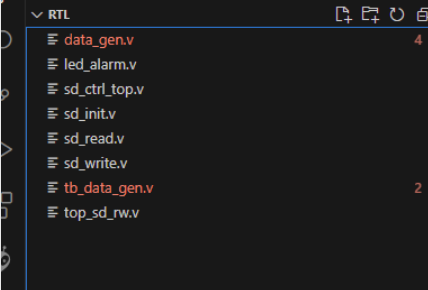🚀个人主页:为梦而生~ 关注我一起学习吧!
💡专栏:机器学习python实战 欢迎订阅!后面的内容会越来越有意思~
⭐内容说明:本专栏主要针对机器学习专栏的基础内容进行python的实现,部分基础知识不再讲解,有需要的可以点击专栏自取~
💡往期推荐(机器学习基础专栏):
【机器学习基础】机器学习入门(1)
【机器学习基础】机器学习入门(2)
【机器学习基础】机器学习的基本术语
【机器学习基础】机器学习的模型评估(评估方法及性能度量原理及主要公式)
【机器学习基础】一元线性回归(适合初学者的保姆级文章)
【机器学习基础】多元线性回归(适合初学者的保姆级文章)
⭐本期内容:针对以上的一元和多元线性回归的梯度下降求解方法,进行代码展示
文章目录
- 一元线性回归
- 多元线性回归
一元线性回归
- 设计思路:
首先,class LinearRegression(object):定义一个LinearRegression类,继承自object类。
在这个类中,首先def __init__(self):定义类的构造函数。
在构造函数中,初始化线性回归模型的参数self.__M、self.__theta0和self.__theta1,以及梯度下降中的步长(学习率)self.__alpha。

线性回归模型是要不断计算输出的,所以定义函数def predict(self, x),用于预测给定输入x对应的输出。
同时线性回归的目的是通过迭代,不断的修改参数
θ
\theta
θ,所以需要定义函数用来做这个工作,它是通过梯度下降的方法来求解的,所以def __cost_theta0(self, X, Y)和def __cost_theta1(self, X, Y)这两个方法用于计算代价函数关于参数
θ
0
\theta_0
θ0和
θ
1
\theta_1
θ1的偏导数。
下面,def train(self, features, target)把上面的每个步骤和到了一起,定义了一个训练方法train,用于通过梯度下降算法找到最优的模型参数
θ
0
\theta_0
θ0和
θ
1
\theta_1
θ1的,使得代价函数的平方误差最小。在训练过程中,通过迭代更新参数,并输出每次迭代后的参数值。
在while的每一次迭代中,通过更新参数self.__theta0和self.__theta1来逐渐最小化代价函数的平方误差。
if "0:o.5f".format(prevt0) == "0:o.5f".format(self.__theta0) and "0:o.5f".format(prevt1) == "0:o.5f".format(self.__theta1):判断是否达到收敛条件,即两次迭代的参数值没有改变,如果满足条件,则退出循环。
最后,输出最终得到的参数值。

- 总体代码实现:
定义LinearRegression的class
#!/usr/bin/env python3
# 这是一个Shebang,指定了此脚本要使用的解释器为python3。
import numpy
class LinearRegression(object):
# Constructor. Initailize Constants.
def __init__(self):
super(LinearRegression, self).__init__()
self.__M = 0
self.__theta0 = 2
self.__theta1 = 2
# defining Alpha I.E length of steps in gradient descent Or learning Rate.
self.__alpha = 0.01
def predict(self,x):
return (self.__theta0 + x * self.__theta1)
# Cost Function fot theta0.
def __cost_theta0(self,X,Y):
sqrerror = 0.0
for i in range(0,X.__len__()):
sqrerror += (self.predict(X[i]) - Y[i])
return (1/self.__M * sqrerror)
# Cost Function fot theta1.
def __cost_theta1(self,X,Y):
sqrerror = 0.0
for i in range(0,X.__len__()):
sqrerror += (self.predict(X[i]) - Y[i]) * X[i]
return (1/self.__M * sqrerror)
# training Data :
# Finding Best __theta0 and __theta1 for data such that the Squared Error is Minimized.
def train(self,features,target):
# Validate Data
if not features.__len__() == target.__len__():
raise Exception("features and target should be of same length")
# Initailize M with Size of X and Y
self.__M = features.__len__()
# gradient descent
prevt0, prevt1 = self.__theta0 , self.__theta1
while True:
tmp0 = self.__theta0 - self.__alpha * (self.__cost_theta0(features,target))
tmp1 = self.__theta1 - self.__alpha * (self.__cost_theta1(features,target))
self.__theta0, self.__theta1 = tmp0, tmp1
print("theta0(b) :", self.__theta0)
print("theta1(m) :", self.__theta1)
if "0:o.5f".format(prevt0) == "0:o.5f".format(self.__theta0) and "0:o.5f".format(prevt1) == "0:o.5f".format(self.__theta1):
break
prevt0, prevt1 = self.__theta0 , self.__theta1
# Training Completed.
# log __theta0 __theta1
print("theta0(b) :", self.__theta0)
print("theta1(m) :", self.__theta1)
样例测试
from LinearRegression_OneVariables import LinearRegression
import numpy as np
X = np.array([1,2,3,4,5,6,7,8,9,10])
# Y = 0 + 1X
Y = np.array([1,2,3,4,5,6,7,8,9,10])
modal = LinearRegression.LinearRegression()
modal.train(X,Y)
print(modal.predict(14))
多元线性回归
- 设计思路:
首先,将文件导入,打乱顺序并选择训练集。
data=pd.read_csv("c:\\windquality.csv")
data_array=data.values
#shuffling for train test spplit
np.random.shuffle(data_array)
train,test=data_array[:1200,:],data_array[1200:,:]
x_train=train[:,:-1]
x_test=test[:,:-1]
y_train=train[:,-1]
y_test=test[:,-1]

然后初始化参数,注意这里是多元的,所以有多个参数需要初始化。包括迭代次数和学习率
coef1=0
coef2=0
coef3=0
coef4=0
coef5=0
coef6=0
coef7=0
coef8=0
coef9=0
coef10=0
coef11=0
epoch=1000
alpha=.0001
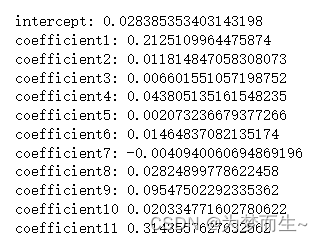
然后使用梯度下降算法进行计算
总体代码实现:
import pandas as pd
import numpy as np
import matplotlib.pyplot as plt
data=pd.read_csv("c:\\windquality.csv")
data_array=data.values
#shuffling for train test spplit
np.random.shuffle(data_array)
train,test=data_array[:1200,:],data_array[1200:,:]
x_train=train[:,:-1]
x_test=test[:,:-1]
y_train=train[:,-1]
y_test=test[:,-1]
coef1=0
coef2=0
coef3=0
coef4=0
coef5=0
coef6=0
coef7=0
coef8=0
coef9=0
coef10=0
coef11=0
epoch=1000
alpha=.0001
c=0
n=len(y_train)
for i in range(epoch):
y_pred=((coef1*x_train[:,0])+(coef2*x_train[:,1])+(coef3*x_train[:,2])+(coef4*x_train[:,3])+
(coef5*x_train[:,4])+(coef6*x_train[:,5])+(coef7*x_train[:,6])+(coef8*x_train[:,7])+
(coef9*x_train[:,8])+(coef10*x_train[:,9])+(coef11*x_train[:,10])+c)
#to predict drivative
intercept=(-1/n)*sum(y_train-y_pred)
dev1=(-1/n)*sum(x_train[:,0]*(y_train-y_pred))
dev2=(-1/n)*sum(x_train[:,1]*(y_train-y_pred))
dev3=(-1/n)*sum(x_train[:,2]*(y_train-y_pred))
dev4=(-1/n)*sum(x_train[:,3]*(y_train-y_pred))
dev5=(-1/n)*sum(x_train[:,4]*(y_train-y_pred))
dev6=(-1/n)*sum(x_train[:,5]*(y_train-y_pred))
dev7=(-1/n)*sum(x_train[:,6]*(y_train-y_pred))
dev8=(-1/n)*sum(x_train[:,7]*(y_train-y_pred))
dev9=(-1/n)*sum(x_train[:,8]*(y_train-y_pred))
dev10=-1/n*sum(x_train[:,9]*(y_train-y_pred))
dev11=-1/n*sum(x_train[:,10]*(y_train-y_pred))
#line
c=c-alpha*intercept
coef1=coef1-alpha*dev1
coef2=coef2-alpha*dev2
coef3=coef3-alpha*dev3
coef4=coef4-alpha*dev4
coef5=coef5-alpha*dev5
coef6=coef6-alpha*dev6
coef7=coef7-alpha*dev7
coef8=coef8-alpha*dev8
coef9=coef9-alpha*dev9
coef10=coef10-alpha*dev10
coef11=coef11-alpha*dev11
print("\nintercept:",c,"\ncoefficient1:",coef1,"\ncoefficient2:",coef2,"\ncoefficient3:",coef3,"\ncoefficient4:",coef4,
"\ncoefficient5:",coef5,"\ncoefficient6:",coef6,"\ncoefficient7:",coef7,"\ncoefficient8:",coef8,"\ncoefficient9:",coef9,
"\ncoefficient10",coef10, "\ncoefficient11",coef11)
#Calculating the predicted values
predicted_values = []
for i in range(0,399):
y_pred = ((coef1 * x_test[i,0]) + (coef2 * x_test[i,1]) +
(coef3 * x_test[i,2]) + (coef4 * x_test[i,3]) +
(coef5 * x_test[i,4]) + (coef6 * x_test[i,5]) +
(coef7 * x_test[i,6]) + (coef8 * x_test[i,7]) +
(coef9 * x_test[i,8]) + (coef10 * x_test[i,9]) +
(coef11 * x_test[i,10]) + intercept)
predicted_values.append(y_pred)
for i in range(len(predicted_values)):
print(predicted_values[i])


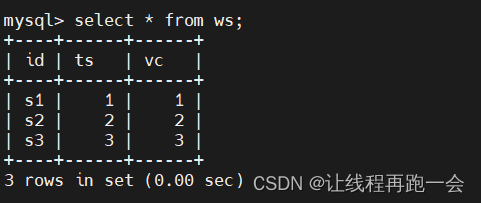
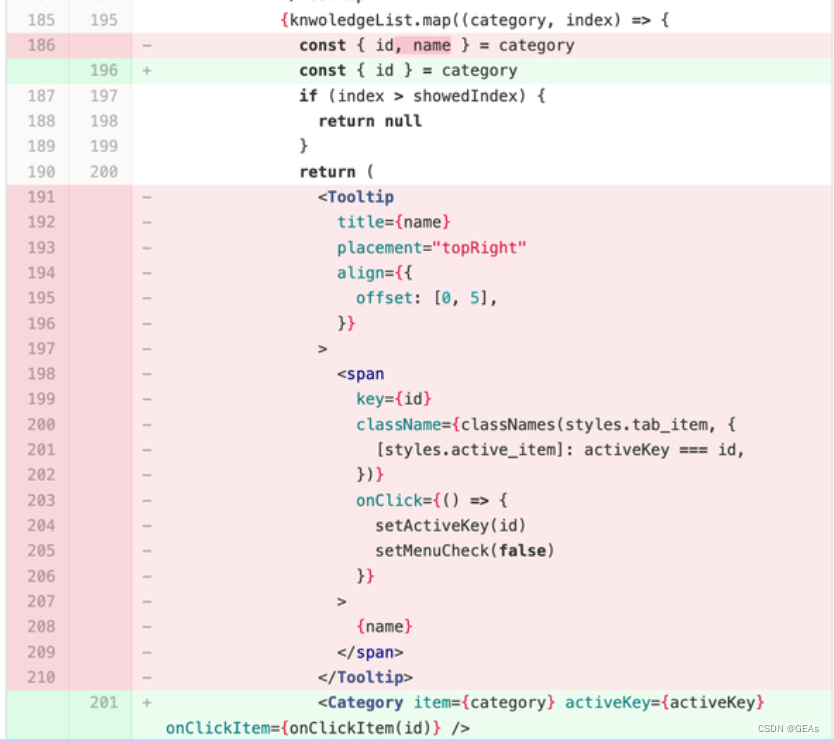
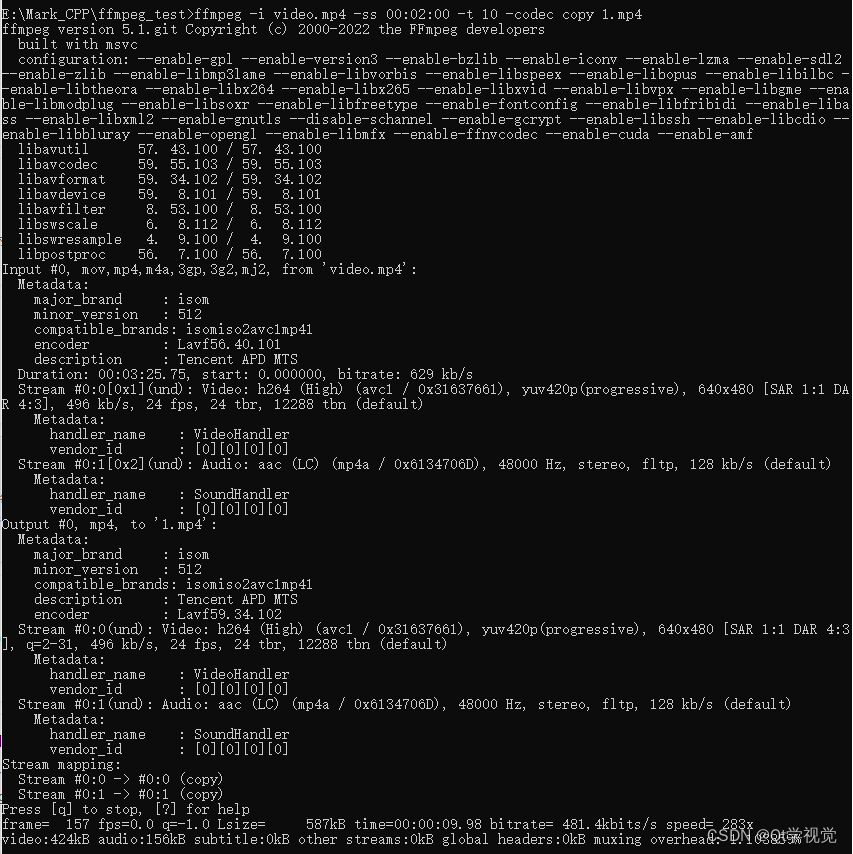

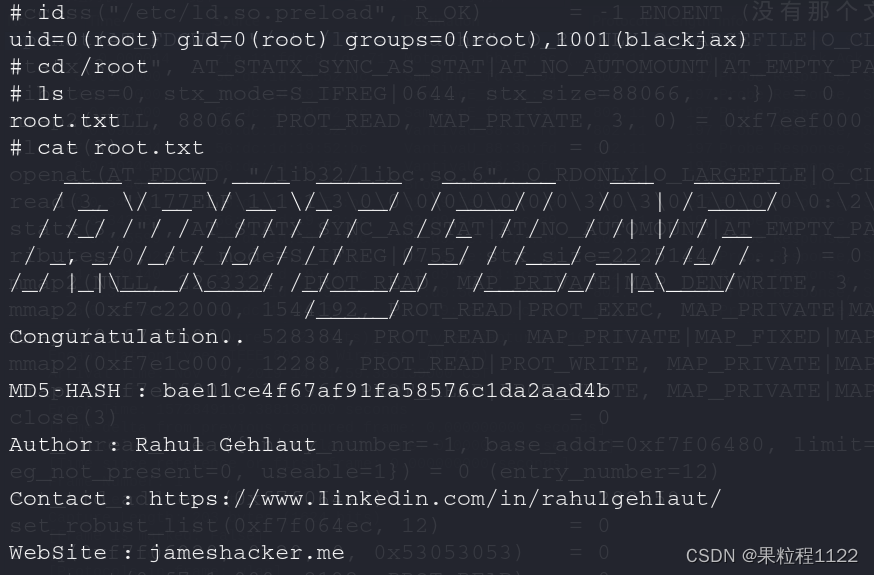

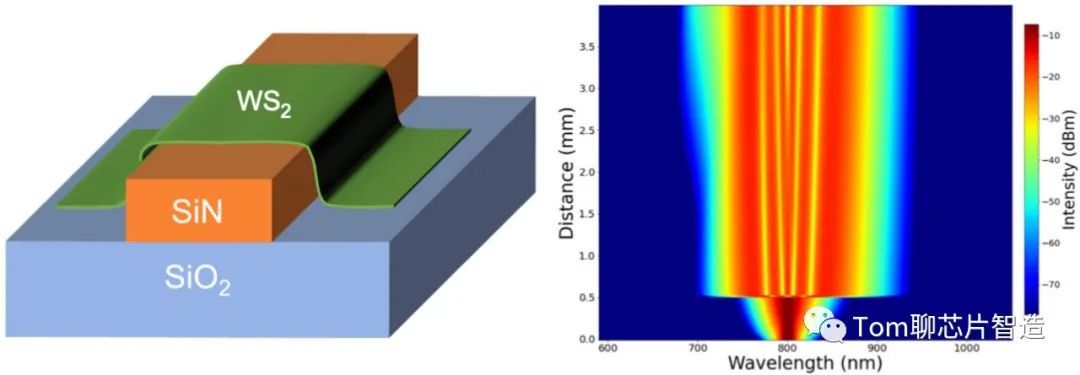


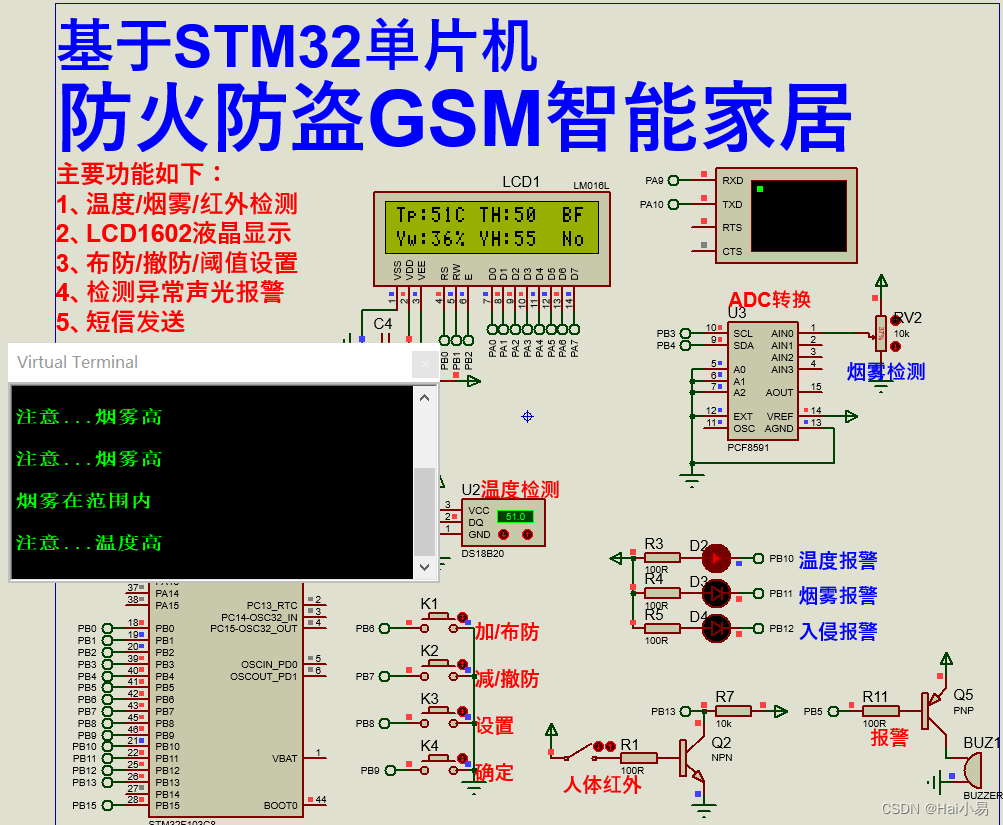



![[内存泄漏][PyTorch](create_graph=True)](https://img-blog.csdnimg.cn/a8bf4ca0717745f0be9a2e8343df0447.png)
